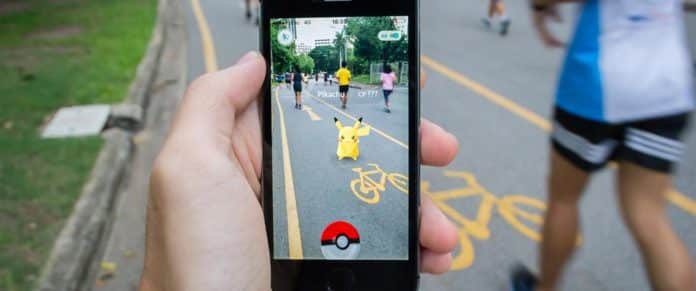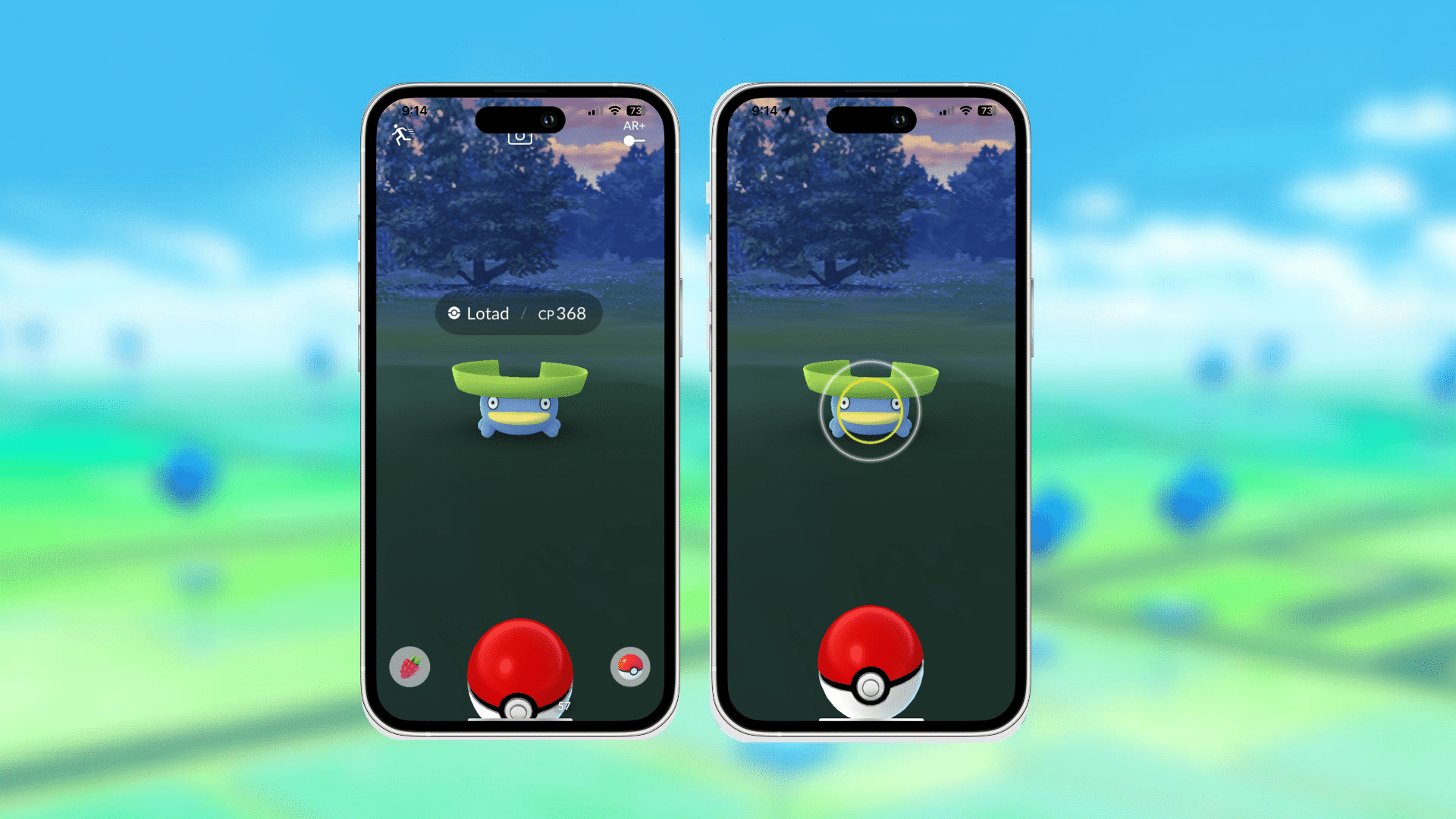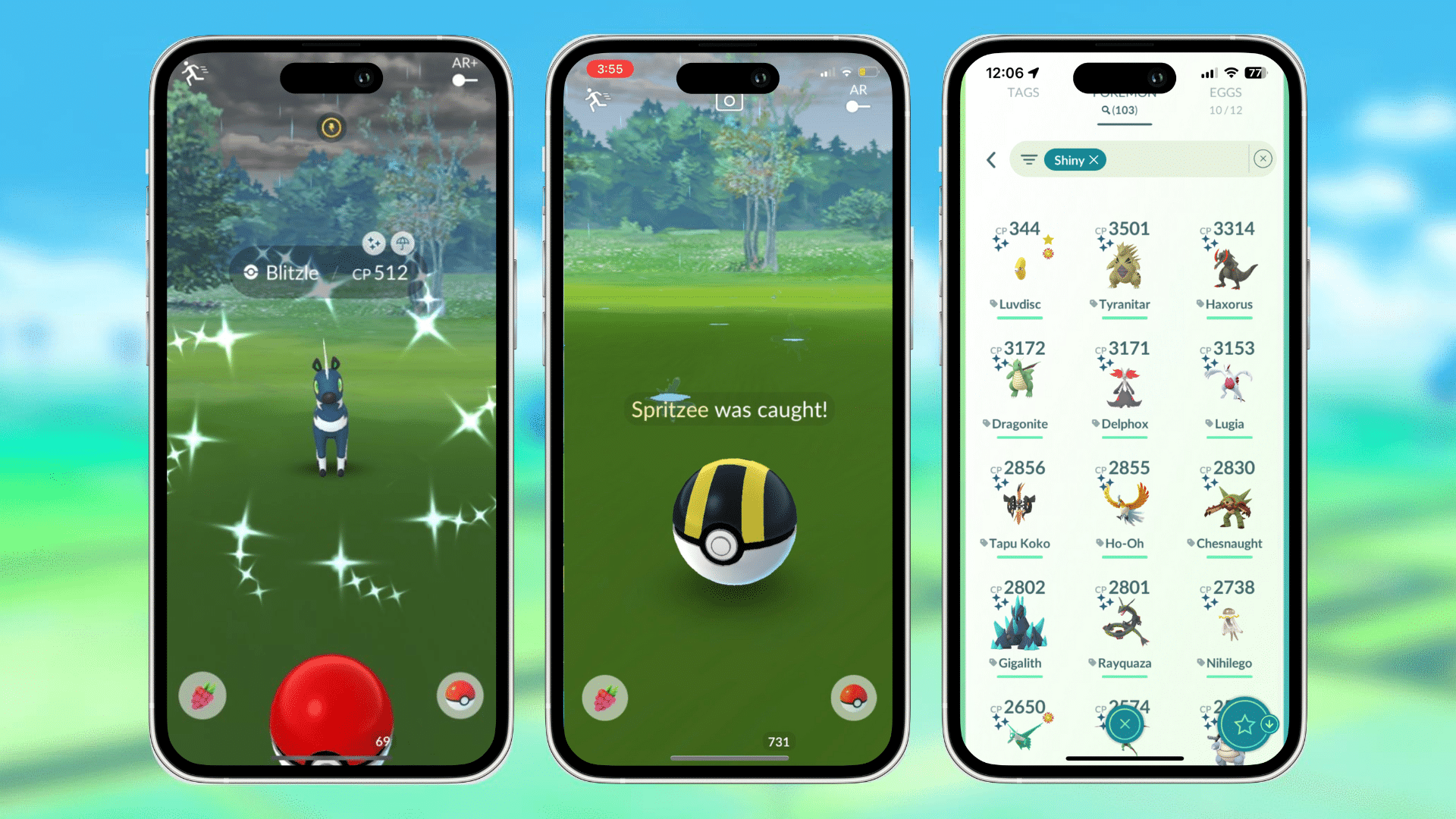Since its release in 2016, Pokémon GO has taken the world by storm, captivating millions of players with its augmented reality (AR) gameplay. Central to the experience is the thrill of catching Pokémon in the real world using your mobile device. Whether you’re a seasoned Trainer or a newcomer to the game, understanding the various catching mechanics and strategies can significantly enhance your Pokémon-catching prowess. In this guide, we’ll explore the different types of PokéBalls, the benefits of mastering the curveball throw, and the rewarding catch bonuses that await skilled Trainers.
Finding Pokémon
Pokémon can appear anywhere in the real world, but certain types tend to inhabit specific environments. For example, water-type Pokémon are often found near bodies of water, while grass-type Pokémon are more prevalent in parks and wooded areas. Keep an eye on the nearby Pokémon list to see what might be around you.
Approaching Pokémon
When a wild Pokémon appears on your screen, tap on it to enter the encounter. Be mindful of your surroundings and stay aware of your environment, especially if you are in a busy or unfamiliar area. Safety should always be a priority.
Understanding the Catch Screen
The catch screen is where the magic happens. Here, you’ll see the wild Pokémon you’ve encountered, as well as a few important elements:
PokéBall: This is the ball you’ll use to attempt the capture. Toggle the ball choice in the bottom right-hand corner of the catch screen.
Berries: You can use berries to increase your chances of capturing the Pokémon. Razz Berries, for example, make the Pokémon less likely to flee, while Silver Pinap Berries increase the number of candies you receive if you catch the Pokémon.
Camera and AR: You can choose to toggle the augmented reality (AR) feature on or off. Using AR mode allows you to see the Pokémon in the real world through your phone’s camera.
Catching Pokémon
To catch a Pokémon, follow these steps:
Select a PokéBall: Choose the appropriate type of PokéBall based on the Pokémon’s rarity and difficulty level. Common Pokémon can often be caught with regular PokéBalls, while more challenging ones may require Great Balls or Ultra Balls.
Aim and Throw: Swipe the PokéBall toward the Pokémon with the correct amount of force and aim. The goal is to land the ball inside the coloured circle that appears on the Pokémon. Smaller circles yield better rewards, but they are more challenging to hit.
Different Types of PokéBalls
In Pokémon GO, you have access to several types of PokéBalls, each with varying catch rates and availability. The primary PokéBalls are:
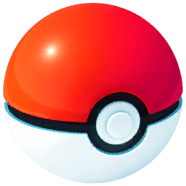 1×
Poke Ball
1×
Poke Ball
|
The standard ball available to all Trainers. It is the most commonly used ball and has a moderate catch rate. |
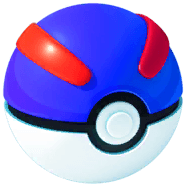 1×
Great Ball
1×
Great Ball
|
Unlocked at level 12, the Great Ball offers a higher catch rate than the regular PokéBall. Reserve these for capturing more elusive Pokémon. |
|
|
At level 20, the Ultra Ball becomes available. With an even higher catch rate, this ball is ideal for securing rarer and harder-to-catch Pokémon. |
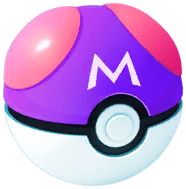 1×
Master Ball
1×
Master Ball
|
Occasionally, Niantic introduces special event-themed balls or Limited Research balls, which may have unique catch mechanics or bonuses. Such as the Master Ball, which guarantees a catch when used. |
Choosing the right PokéBall is essential for successful captures. Generally, use standard PokéBalls for common Pokémon (with a green catch circle) and save Great Balls and Ultra Balls for the more valuable catches.
The Benefits of a Curveball Throw
Mastering the curveball throw is a technique that can significantly increase your chances of catching Pokémon. Instead of throwing the ball straight, spin it in a circular motion before releasing it. To perform a curveball throw:
Hold the Ball: Press and hold the PokéBall to ready it for the throw.
Spin the Ball: Rotate the ball in a circular motion by swiping your finger in small circles on the screen. The ball will begin to spin and emit sparkles.
Throw with a Curve: Once the ball is spinning, swipe your finger diagonally across the screen to throw it at the Pokémon. The curveball adds a curve to your throw, making it more challenging for the Pokémon to evade and increasing your chances of a successful catch.
The curveball technique may take some practice to perfect, but once you’ve got the hang of it, you’ll find that it becomes second nature. Additionally, a successful curveball throw grants extra XP, rewarding you for your improved throwing skills.
Weather Boost
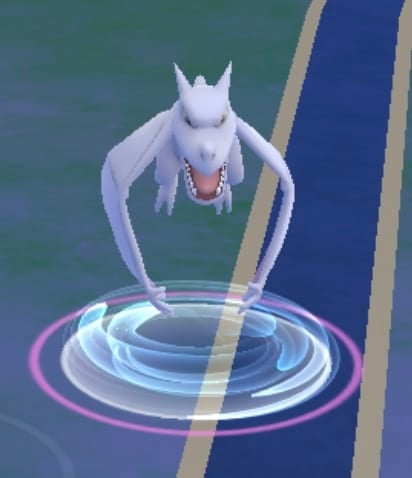
Catch Rewards
Catching Pokémon not only adds them to your collection but also brings various rewards that aid in your Pokémon GO journey. These rewards include:
Experience Points (XP)
XP is essential for levelling up your Trainer. Each Pokémon you catch awards you with XP, and throwing curveballs, nice (within big catch circle), great (within medium catch circle), or excellent (within small catch circle) throws further boost the XP gained.
| Action | |
| Catching a Pokémon | 100 |
| Curveball throw | 20 |
| Nice throw | 20 |
| Great throw | 100 |
| Excellent throw | 1000 |
| First throw bonus | 50 |
More XP can be earnt for first catch of the day, daily catch streaks, new Pokémon and beyond however that is beyond the scope of this article. XP can be doubled by having a lucky egg in use.
Candy
Capturing Pokémon grants you species-specific Candy. Accumulating Candy for a particular Pokémon enables you to evolve or power up that Pokémon, making it stronger in battles.
| Pokémon caught | Candies rewarded |
| Stage 1 evolution | 3 candy |
| Stage 2 evolution | 5 candy, 1 guaranteed XL Candy |
| Stage 3 evolution | 10 candy, 2 guaranteed XL Candy |
| Mythical | 3 XL Candy |
| Legendary | 3 XL Candy |
Trainers must be level 31 or over to get XL candy. See this guide on its use.
Using a pinap berry will double the amount of candy earnt catching a Pokémon. A silver pinap berry combines the act of a pinap and razz berry, making the Pokémon easier to catch, whilst doubling the candy rewarded.
Stardust
Stardust is a valuable resource used to power up your Pokémon, increasing their CP (Combat Power). It is essential for making your Pokémon more formidable in Gym battles and raids.
| Pokémon Caught | Stardust rewarded | Weather boosted stardust reward |
| 1st stage | 100 | 125 |
| 2nd stage | 300 | 375 |
| 3rd stage | 500 | 625 |
| Daily bonus (first catch of the day) | 1800 | – |
A starpiece provides a 50% increase to stardust collected for 30 minutes.
Catch Streak Bonuses
Consistently catching Pokémon every day results in catch streak bonuses. On the seventh day of consecutive catches, you’ll receive a significant XP bonus and additional items, making it an excellent way to level up quickly.
Catch rate formula
Pokémon GO catch rate formula can be expressed as follows:
CATCH_MULTIPLIERS = ball * curve * berry * throwType * (type1Medal + type2Medal / 2)CATCH_RATE = 1 - Math.pow(1 - baseCatchRate / (2 * cpm), CATCH_MULTIPLIERS)
There are different multipliers that come into play when calculating catch rate.
Curved throws are more effective than regular throws, stronger types of Poké Ball have a higher catch rate, and using a Razz Berry or a Golden Razz Berry also improves your chances.
Catch rate multipliers
The following table shows all the different catch rate multipliers in Pokémon GO:
| Multiplier | Amount |
|---|---|
| Razz Berry | 1.5 |
| Silver Pinap Berry | 1.8 |
| Golden Razz Berry | 2.5 |
| Curveball | 1.7 |
| Nice Throw | 1.15 |
| Great Throw | 1.5 |
| Excellent Throw | 1.85 |
| PokéBall | 1.0 |
| Premier Ball | 1.0 |
| Great Ball | 1.5 |
| Ultra Ball | 2.0 |
| Bronze medal | 1.1 |
| Silver medal | 1.2 |
| Gold medal | 1.3 |
Shiny Pokémon
If you’re lucky, you may encounter a shiny Pokémon in the wild. A shiny Pokémon is a rare version of a normal Pokémon with different colours. Familiarise yourself with how to spot a shiny:
- When you go into the encounter, a sparkles animation will show around the Pokémon
- There will be a small sparkles icon above the Pokémon’s CP
- When caught the Pokémon’s name will be displayed in yellow in the catch message
- In Pokémon storage, it will have a sparkles symbol in the top left corner
The basic shiny rate in Pokémon GO is 1 in 500, however, some have boosted odds (more likely to find shinies) during events so it is worth keeping your eye out for these!
Appraisal / IVs
Once you have caught your Pokémon, you can tap on the three lines in the bottom right-hand corner and then click ‘Appraise’. This will give you an average star rating and individual attack, defence and HP scores. For more information on what IVs mean and how they can be used, check out this article.
Conclusion
In conclusion, capturing Pokémon in Pokémon GO is a thrilling and rewarding aspect of the game. By understanding the different types of PokéBalls, mastering the curveball throw, and appreciating the catch rewards, you can become a skilled Trainer capable of catching even the rarest and most elusive Pokémon. So, venture outside, explore the world around you, and let the journey to becoming a Pokémon Master begin! Happy hunting, Trainers!

